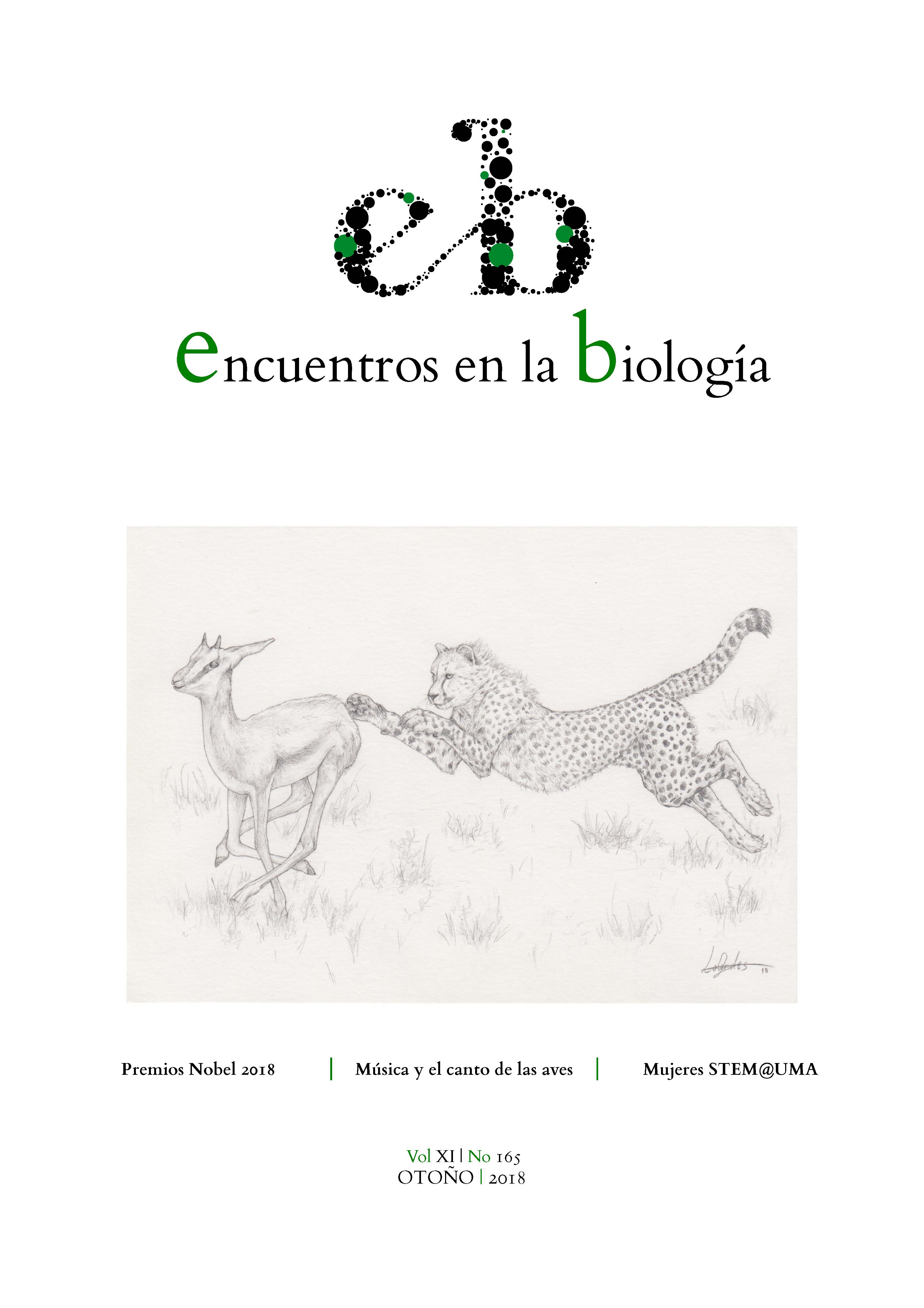Influence of body size on the predator-prey relationships of living felids and its aplication to rhe fossil
DOI:
https://doi.org/10.24310/enbio.v11i165.17494Keywords:
felids, predation, predator-prey, body size, fossil record, Venta MicenaAbstract
Body size is a crucial factor to take into account when analyzing the predator-prey relationships of the current felids and, despite the large number of studies focused on these relationships, the feeding patterns of these predators according to the age-class of prey have been poorly investigated. The study of those patterns shows a general trend towards the hunting of a greater number of calves of the larger prey species. A higher body mass and the existence of organized hunting groups allow predators like the lion to access the largest prey species as well as a higher number of adults of these prey, while the smaller felids have more limitations. The application of these results to the existing information on the extinct hypercarnivorous felids of Venta Micena allows an approximation to the hunting patterns of these antique predators.
Downloads
Metrics
Publication Facts
Reviewer profiles N/A
Author statements
Indexed in
-
—
- Academic society
- N/A
- Publisher
- Uma Editorial. Universidad de Málaga
References
Hunter L. The behavioural ecology of reintroduced lions and cheetahs in the Phinda Resource Reserve, KwaZulu-Natal, South Africa. PhD. thesis University of Pretoria, South Africa, 1 8.
Hayward MW y Kerley GIH. Prey preferences and dietary overlap amongst Africa’s large predators. South African Journal of Wildlife Research 8: -108, 2008.
Gervasi V y otros. Body mass relationships affect the age structure of predation across carnivore-ungulate systems: A review and synthesis. Mammal Review 5: 25 -266, 2015.
Radloff FGT y DuToit J. Large predators and their prey in a southern African savanna: a predator’s size determines its prey size range. Journal of Animal Ecology : 10– 2, 200 .
Owen-Smith N y Mills MGL. Predator-prey size relationships in an African large-mammal food web. Journal of Animal Ecology : 1 –18 , 2008.
Palmqvist P y otros. Biogeochemical and ecomorphological inferences on prey selection and resource partitioning among mammalian carnivores in an early pleistocene community. Palaios 2 : 2 – , 2008.
Antón M y otros. Co-existence of scimitar-toothed cats, lions and hominins in the European Pleistocene. Implications of the post-cranial anatomy of Homotherium latidens (Owen) for comparative palaeoecology. Quaternary Science Reviews 2 : 128 –1 01, 2005.
Raia P y otros. Inconstancy in predator/prey ratios in Quaternary large mammal communities of Italy, with an appraisal of mecha- nisms. Quaternary Reserach 6 : 255–26 , 200 .
Palmqvist P y otros. Prey selection by terrestrial carnivores in
a lower Pleistocene paleocommunity. Paleobiology 22: 51 –5 , 1 6.
Croitor R y Brugal JP. New insights concerning Early Pleisto- cene cervids and bovids in Europe: dispersal and correlation. CFS Courier Forschungsinstitut Senckenberg 25 : –5 , 200 .
Brugal JP y Fosse P. Carnivores et hommes au Quaternaire en Europe de l’Ouest. Revue de Paléobiologie 2 : 5 5–5 5, 200 .
Downloads
Published
How to Cite
Issue
Section
License
Esta obra está bajo licencia internacional Creative Commons Reconocimiento-NoComercial-CompartirIgual 4.0.
Esta revista provee acceso libre inmediato a su contenido bajo el principio de hacer disponible gratuitamente la investigación al público. Todos los contenidos publicados en Encuentros en la Bilogía están sujetos a la licencia Creative Commons Reconocimento-NoComercia-Compartirigual 4.0 cuyo texto completo puede consultar en <http://creativecommons.org/licenses/by-nc-sa/4.0>
Se pueden copiar, usar, difundir, transmitir y exponer públicamente, siempre que:
Se cite la autoría y la fuente original de su publicación (revista, editorial y URL de la obra).
No se usen para fines comerciales.
Se mencione la existencia y especificaciones de esta licencia de uso
Los derechos de autor son de dos clases: morales y patrimoniales. Los derechos morales son prerrogativas perpetuas, irrenunciables, intransferibles, inalienables, inembargables e imprescriptibles. De acuerdo con la legislación de derechos de autor, Encuentros en la Biología reconoce y respeta el derecho moral de los autores/as, así como la titularidad del derecho patrimonial, el cual será cedido a la Universidad de Málaga para su difusión en acceso abierto. Los derechos patrimoniales, se refieren a los beneficios que se obtienen por el uso o divulgación de las obras. Encuentros en la Biología se publica en open access y queda autorizada en exclusiva para realizar o autorizar por cualquier medio el uso, distribución, divulgación, reproducción, adaptación, traducción o transformación de la obra.
Es responsabilidad de los autores/as obtener los permisos necesarios de las imágenes que están sujetas a derechos de autor.
Los autores/as cuyas contribuciones sean aceptadas para su publicación en esta revista conservarán el derecho no exclusivo de utilizar sus contribuciones con fines académicos, de investigación y educativos, incluyendo el auto-archivo o depósito en repositorios de acceso abierto de cualquier tipo.
La edición electrónica de esta revista esta editada por la Editorial de la Universidad de Málaga (UmaEditorial), siendo necesario citar la procedencia en cualquier reproducción parcial o total.






